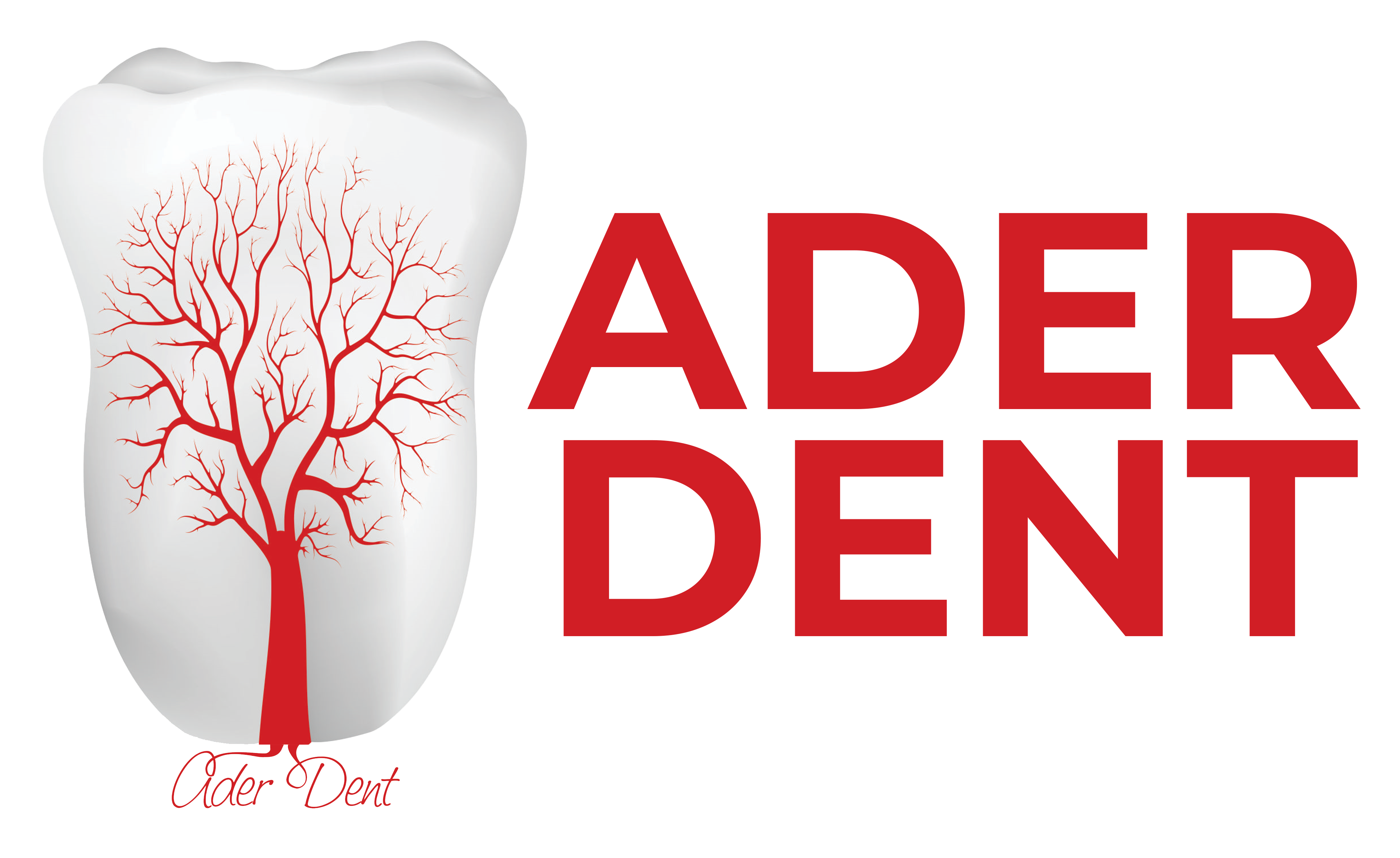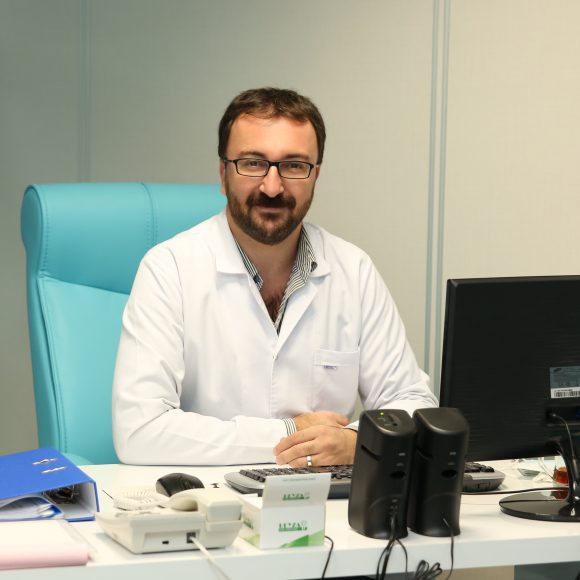Smile design is one of the most eye-catching and significant areas of aesthetic dentistry. Each person’s natural smile should harmonize with their facial features and overall expression.
The goal of smile design is to achieve both a healthy and aesthetically pleasing smile by harmonizing the teeth, gums, and lips in a way that suits the individual’s facial structure. It is a personalized process that is planned by the dentist according to the patient’s facial structure, jaw alignment, and personal preferences.
What Are the Key Elements of Smile Design?
Several factors must be considered during smile design. The position of the teeth within the mouth is critical for a natural-looking smile. The upper front teeth, in particular, are the most prominent and their position, size, proportion, and whiteness are crucial aesthetic criteria.
Another essential element is gum aesthetics, often referred to as pink aesthetics. The health and natural appearance of the gum tissue surrounding the teeth are integral to a beautiful smile. The amount of gum visible while smiling is also an important component of the design.
Planning and Decision-Making in Smile Design
During the planning stage of smile design, the position of the teeth, jaw alignment, and occlusion (how the teeth come together) are all evaluated. In addition to the appearance and amount of gum tissue, the dark spaces that may appear at the corners of the smile are assessed.
To achieve an ideal result, the proportions between the teeth, gums, and lips are considered. The dentist takes photos and videos of the patient, analyzes their oral structure, and takes measurements before starting the treatment.
What Preparations May Be Needed Before Smile Design?
In some cases, orthodontic treatment may be required before starting smile design. If there are irregularities in jaw closure or tooth alignment, these issues are corrected with orthodontic solutions.
Additionally, dental implants or bridges may be needed to replace missing teeth. Adjustments to the gums may also be planned. These preparations help achieve a more aesthetic and long-lasting result.
How Long Does the Smile Design Process Take?
Smile design typically consists of several stages. In the first session, photos and videos are taken, and impressions of the upper and lower jaws are recorded. A temporary model known as a Mock-Up is then created and shown to the patient in their mouth.
This allows the patient to visualize the potential outcome and request any changes before finalizing the design. Once approved, the permanent treatment begins. The entire smile design process is usually completed in 2–3 sessions.
How Does Smile Design Help You Achieve a Perfect Smile?
Smile design not only enhances the aesthetics of your teeth but also ensures a functionally healthy smile. It provides your teeth with a natural, symmetrical, and attractive appearance. Smile design boosts your self-confidence while improving overall oral health.
What Are the Benefits of Smile Design?
As part of aesthetic dentistry smile design brings harmony between your teeth, gums, and lips. Achieving a healthy and attractive smile enhances both your appearance and your self-esteem. Since smile design is personalized, different treatment approaches are applied to each individual for the best results.
What Do We Pay Attention to During Smile Design?
There are several important aspects to consider during smile design. The position of the teeth in the mouth significantly affects aesthetics. Among these, the upper four front teeth are the most noticeable. Other key factors include the visible volume of the teeth, their proportions, and their whiteness. The amount of gum visible while smiling—referred to as pink aesthetics—is another critical element to evaluate.
How Do We Decide on the Necessary Changes During Planning?
The teeth, gums, and lips—referred to as white and pink aesthetics—are considered as a whole. The positioning of the jaws when closed, tooth alignment, occlusion, gum visibility during a smile, and any shadowed areas on the sides of the smile are assessed. The size and proportions of each tooth, and their relationship to one another, are also evaluated.
Photos and videos are taken of the patient, and impressions are recorded to prepare models. To ensure the smile design is both effective and long-lasting, it’s important to carry out the process with the support of a professional Pendik dental clinic.


 TR
TR




